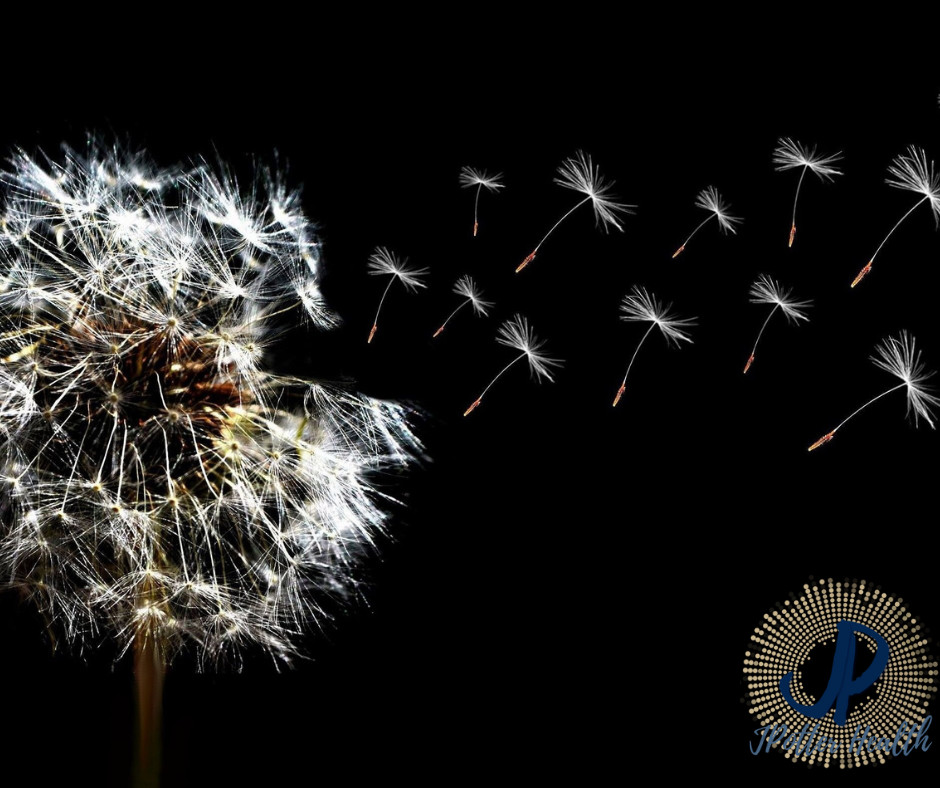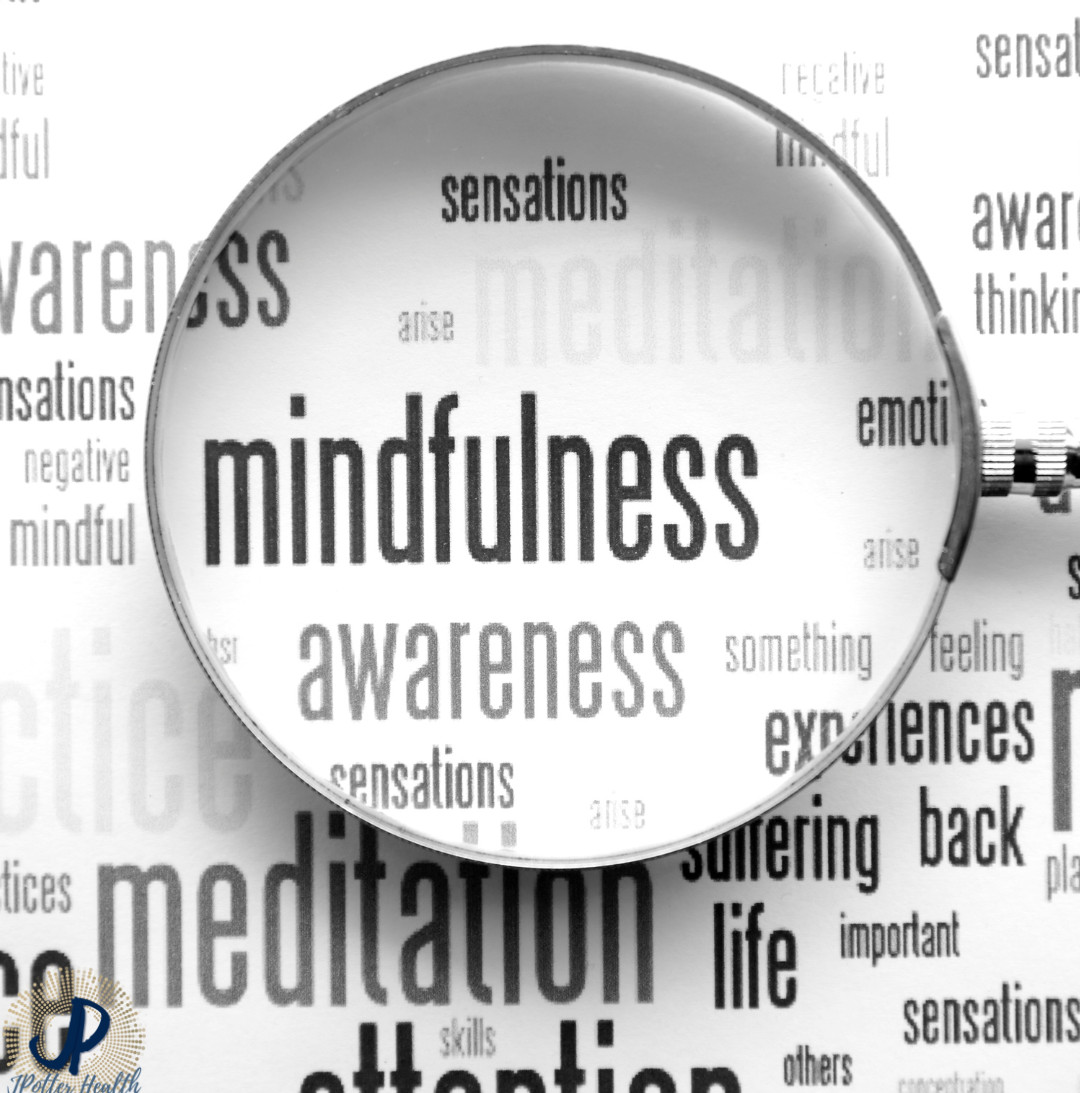
In the go, go, go of our everyday lives, it's easy to get swept up by the relentless pace of duties, expectations, and deadlines. However, the art of mindfulness offers a serene oasis in the midst of this turmoil. Grounded in ancient wisdom yet profoundly relevant today, mindfulness teaches us to experience the present moment without judgment or distraction. It unfolds around seven core concepts: non-judging, patience, beginner's mind, trust, non-striving, acceptance, and letting go. Understanding and practicing these principles can transform our approach to life, creating a sense of peace and clarity. Let's delve into each concept and explore how to weave them into the fabric of our daily lives.
1. Non-judging
At the heart of mindfulness is adopting an attitude of non-judging towards our experiences. This means observing thoughts and feelings without labeling them as "good" or "bad". In practice, it involves catching yourself in the act of judgment and gently reminding yourself to observe without criticism. For instance, if you find yourself getting frustrated in traffic, acknowledge the irritation without berating yourself or the situation.
2. Patience
Patience is a recognition that things must unfold in their own time. Instead of pushing for immediate results in personal growth or daily tasks, mindfulness teaches us to give ourselves and others the room to evolve at a natural pace. Next time you're learning a new skill and progress seems slow, remind yourself that growth is a process and patience is key to sustainable development.
3. Beginner's Mind
Approaching experiences with a beginner's mind means seeing them as if for the first time, without preconceptions or expectations. This openness can lead to a deeper appreciation of the moment and a willingness to explore. Try implementing this concept by engaging in a routine activity, like walking or eating, with full attention to the sensations and experiences as if it were your first time doing it.
4. Trust
Trust in mindfulness refers to trusting oneself and one's intuition. It's about listening to and trusting your own being. This can be practiced by staying true to your feelings and convictions, even when they go against the grain. Trusting yourself might mean taking a rest when feeling overwhelmed, instead of pushing through fatigue just because your schedule says you should.
5. Non-striving
Non-striving is about not being overly attached to outcomes or goals. While setting goals is important, mindfulness encourages us to engage in activities without a specific result in mind. Next time you meditate, try not to aim for relaxation or enlightenment; just meditate to meditate, and see what unfolds.
6. Acceptance
Acceptance involves seeing things as they are in the present moment, rather than how we want them to be. It doesn't mean passivity but recognizing the current situation without denial or avoidance. Practicing acceptance can start with acknowledging small discomforts or inconveniences without trying to immediately change them.
7. Letting Go
Lastly, letting go is the practice of releasing attachment to thoughts, feelings, or possessions that do not serve us. A way to incorporate letting go into everyday life is by de-cluttering your space or mind, discarding what no longer brings joy or benefit.
Mindfulness isn't just a practice but a way of life. By cultivating non-judging, patience, beginner's mind, trust, non-striving, acceptance, and letting go, we can find a deeper connection to the present moment and, ultimately, to ourselves. These principles encourage us to pause, breathe, and engage fully with the here and now, leading to a more peaceful and fulfilling life. Start small, practice daily, and watch as the transformative power of mindfulness unfolds in your life.

 In a world that often seems chaotic and divided, it is crucial to remember the power of kindness. The simple act of showing compassion and consideration towards ourselves and others can have a profound impact on our lives, as well as those we are connected to. It is through these acts of kindness that we can truly begin to change the world, fostering a sense of unity, love, and respect for one another. This month on JPotter Health social media we are spending March on the power and benefits of kindness.
In a world that often seems chaotic and divided, it is crucial to remember the power of kindness. The simple act of showing compassion and consideration towards ourselves and others can have a profound impact on our lives, as well as those we are connected to. It is through these acts of kindness that we can truly begin to change the world, fostering a sense of unity, love, and respect for one another. This month on JPotter Health social media we are spending March on the power and benefits of kindness.The Ripple Effect of Kindness:
Kindness is like a pebble thrown into a calm pond - it creates a ripple effect that expands far beyond the initial act. When we extend kindness to ourselves and others, we create a cycle of positivity that has the potential to grow and spread, touching the lives of countless individuals. Small acts of kindness, however inconspicuous they may seem, have the power to inspire and uplift, ultimately transforming the way we interact with the world around us.
Five Examples of Kindness:
1. Practice Self-Care: Start by being kind to yourself. Prioritize self-care and nurture your physical, mental, and emotional well-being. Set aside time each day for activities that bring you joy, whether it's reading your favorite book, taking a walk in nature, or practicing mindfulness. By showing kindness to ourselves, we become better equipped to show kindness to others.
2. Acts of Service: Engage in random acts of kindness for strangers or acquaintances. Offer to carry someone's groceries, hold the door open, or simply smile and say a kind word. These small gestures can brighten someone's day, improving their mood and reminding them that kindness exists in the world.
3. Volunteer and Give: Find opportunities to volunteer in your community or donate to causes that align with your values. Whether it's spending time at a local shelter, organizing a charity event, or donating resources to those in need, your acts of kindness will have a direct and tangible impact on the lives of others.
 4. Active Listening: Show kindness through active listening. Be fully present when someone is sharing their thoughts or feelings with you. Offer support and empathy, helping them feel seen and understood. Sometimes, lending a compassionate ear is all someone needs to overcome their challenges and find solace.
4. Active Listening: Show kindness through active listening. Be fully present when someone is sharing their thoughts or feelings with you. Offer support and empathy, helping them feel seen and understood. Sometimes, lending a compassionate ear is all someone needs to overcome their challenges and find solace.5. Spread Positivity on Social Media: In the digital era, kindness can extend beyond face-to-face encounters. Use your online platforms to spread positivity and uplift others. Share inspiring quotes, commend others' achievements, and engage in conversations with empathy and respect. By doing so, you contribute to creating a virtual space that encourages kindness rather than division.
Kindness is not just a virtue; it is a way of life that has the power to shape our world for the better. By cultivating a compassionate mindset and practicing acts of kindness, we become catalysts for change. Every small act of kindness plants a seed that can grow and flourish, creating a chain reaction that transcends boundaries and spreads love and respect throughout our communities. Let us embrace kindness in our lives and be the change we wish to see in the world.
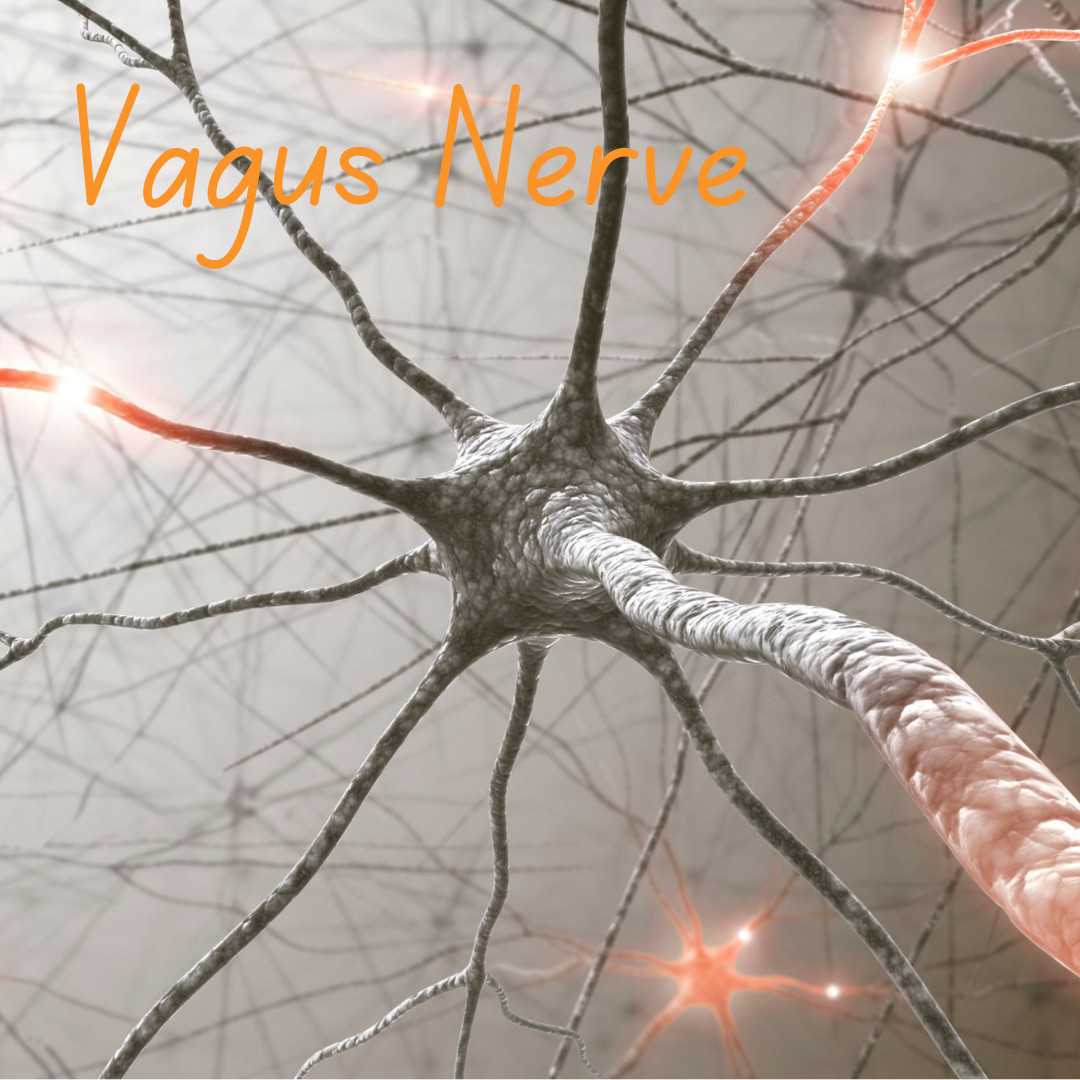
Anxiety can often feel overpowering, affecting our mental, emotional, and even physical well-being. While there are various methods to combat anxiety, stimulating the vagus nerve has emerged as a scientifically supported technique. The vagus nerve, a prominent nerve that connects the brain to the rest of the body, plays a vital role in regulating stress response and promoting relaxation. In this blog post, we dive into the science behind vagus nerve stimulation and explore effective techniques to calm anxiety.
anxiety, stimulating the vagus nerve has emerged as a scientifically supported technique. The vagus nerve, a prominent nerve that connects the brain to the rest of the body, plays a vital role in regulating stress response and promoting relaxation. In this blog post, we dive into the science behind vagus nerve stimulation and explore effective techniques to calm anxiety.
 anxiety, stimulating the vagus nerve has emerged as a scientifically supported technique. The vagus nerve, a prominent nerve that connects the brain to the rest of the body, plays a vital role in regulating stress response and promoting relaxation. In this blog post, we dive into the science behind vagus nerve stimulation and explore effective techniques to calm anxiety.
anxiety, stimulating the vagus nerve has emerged as a scientifically supported technique. The vagus nerve, a prominent nerve that connects the brain to the rest of the body, plays a vital role in regulating stress response and promoting relaxation. In this blog post, we dive into the science behind vagus nerve stimulation and explore effective techniques to calm anxiety.1. Deep Breathing Exercises
One simple yet effective method to stimulate the vagus nerve is through deep breathing exercises. By taking slow, deep breaths, you activate the diaphragm and stimulate the vagus nerve, triggering the relaxation response. Several studies have shown that deep breathing positively affects heart rate variability—a measure of the vagus nerve's activity—in individuals with anxiety disorders. To implement this technique, inhale deeply through your nose for a count of four, hold your breath for a count of four, and then exhale slowly through your mouth for a count of eight, repeating for a few minutes.
2. Cold Therapy
Engaging in cold therapy, such as cold showers or immersing your face in icy water, can elicit a powerful stimulation of the vagus nerve. The cold triggers the "diving reflex," which works in tandem with the vagus nerve to reduce heart rate and blood pressure. A study published in the Journal of Clinical Psychopharmacology found that this method significantly reduced anxiety symptoms in participants. While the idea of cold therapy might seem uncomfortable, the potential benefits it offers for calming anxiety make it worth considering.
3. Meditation and Mindfulness
Both meditation and mindfulness practices offer a dual benefit—they enhance relaxation while also bolstering vagal tone, which is a measure of vagus nerve activity. Engaging in regular meditation sessions or incorporating mindfulness into your daily routine can positively impact anxiety levels. Multiple studies have demonstrated that meditation and mindfulness practices increase vagal tone, leading to reduced anxiety symptoms. Consider dedicating at least 10 minutes each day to focus on your breath, embrace guided meditation apps, or join mindfulness workshops to harness the vast potential of these practices.
 4. Singing, Chanting, and Humming
4. Singing, Chanting, and Humming Unleash your inner songbird, as engaging in singing, chanting, or humming can provide notable vagus nerve stimulation to alleviate anxiety. Such activities improve respiration and heart rate variability, promoting relaxation responses. In a study by researchers at the University College London, participants who sang together experienced higher levels of oxytocin, a hormone associated with bonding and relaxation. So, whether it's belting out your favorite tunes, joining a choir, or incorporating chants and mantras into your routine, vocalizing can have a direct impact on activating the vagus nerve and soothing anxiety.
5. Yoga and Exercise
Practicing yoga and engaging in regular physical exercise not only benefit your physical health but also play a crucial role in stimulating the vagus nerve. Yoga poses, such as the "cobra" or "bridge," stretch and activate the throat and neck areas, stimulating the vagus nerve directly. Furthermore, moderate-intensity aerobic exercises, like jogging or cycling, elevate heart rate variability and vagal tone, leading to a sense of calm. Incorporating yoga poses or cardiovascular exercises into your routine for 20-30 minutes a day can significantly contribute to managing anxiety symptoms.
Stimulating the vagus nerve offers a simple yet scientifically supported pathway to calm anxiety symptoms. Incorporating deep breathing exercises, cold therapy, meditation and mindfulness, singing or vocalizing, and yoga or exercise into your routine can provide effective results. By embracing these techniques, we can tap into the body's natural relaxation responses and empower ourselves to confront anxiety head-on. Remember, managing anxiety is a process—be patient with yourself and explore what combination of these methods works best for you.

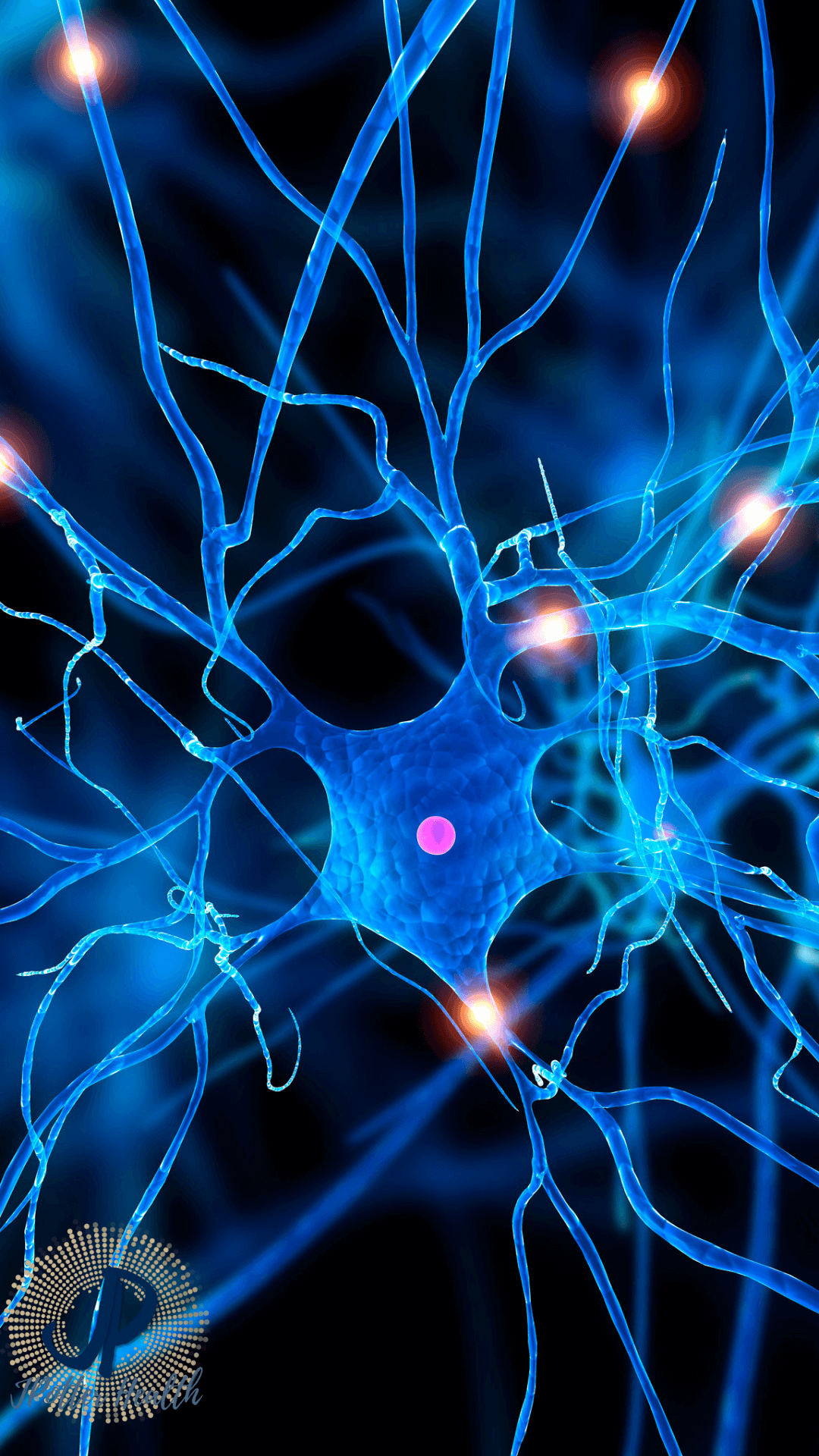 In the intricate and marvelous world of human anatomy, a single nerve plays a crucial role in regulating our stress response. Meet the vagus nerve, an essential component of our autonomic nervous system. While this nerve is often overlooked, its significance cannot be overstated. In this article, we will explore the science behind the vagus nerve and its unparalleled ability to calm our fight-or-flight mechanism, offering new insights into managing stress and promoting relaxation.
In the intricate and marvelous world of human anatomy, a single nerve plays a crucial role in regulating our stress response. Meet the vagus nerve, an essential component of our autonomic nervous system. While this nerve is often overlooked, its significance cannot be overstated. In this article, we will explore the science behind the vagus nerve and its unparalleled ability to calm our fight-or-flight mechanism, offering new insights into managing stress and promoting relaxation.The Vagus Nerve: Anatomy and Function
The vagus nerve, scientifically known as the cranial nerve X, is the longest and most complex of all cranial nerves. Arising from the medulla oblongata in the brainstem, it courses throughout the body, reaching various organs including the heart, lungs, digestive tract, and even the vocal cords.
This remarkable nerve functions as the primary communicator between the brain and the rest of the body. Its main purpose is to regulate the parasympathetic nervous system, which oversees various bodily processes during times of rest, relaxation, and digestion. Among its numerous roles, the vagus nerve helps lower heart rate, control breathing, improve digestion, and promote the release of feel-good hormones.
Calming the Storm: The Vagus Nerve and the Fight-or-Flight Response
When faced with a perceived threat, our fight-or-flight response is triggered, leading to a cascade of physiological changes. While this response is vital for survival, frequent and prolonged activation can have detrimental effects on our health. Here lies the vagus nerve's remarkable ability to intervene and restore calm.
The vagus nerve acts as a regulator, counterbalancing the sympathetic nervous system's response during times of stress. Through the release of acetylcholine, a neurotransmitter, the vagus nerve actively inhibits the stress response by reducing heart rate, promoting restful digestion, and allowing the body to conserve energy. This unique mechanism helps us return to a state of equilibrium, enabling us to think more clearly and respond to challenges effectively.
Furthermore, recent scientific research has shown that stimulating the vagus nerve, for instance through deep breathing exercises or meditation, activates the "vagal brake." This phenomenon further amplifies the nerve's calming effect, reducing anxiety and promoting overall well-being.
Harnessing the Power of the Vagus Nerve
With the growing understanding of the vagus nerve's potential, numerous techniques can be employed to enhance its function and alleviate stress. Deep breathing exercises, such as diaphragmatic breathing or alternate nostril breathing, trigger the vagus nerve's response, promoting a sense of calm and relaxation. Similarly, practices like meditation, yoga, and mindfulness have been shown to increase vagal tone, helping individuals better manage their fight-or-flight response.
As we delve deeper into the fascinating world of human anatomy, the vagus nerve emerges as a silent hero in our quest for stress management. Understanding its role in calming the fight-or-flight response offers us an empowering tool to navigate life's challenges with grace. By implementing simple techniques to stimulate the vagus nerve, we can cultivate a state of balance, unlocking our body's innate ability to relax, heal, and thrive.
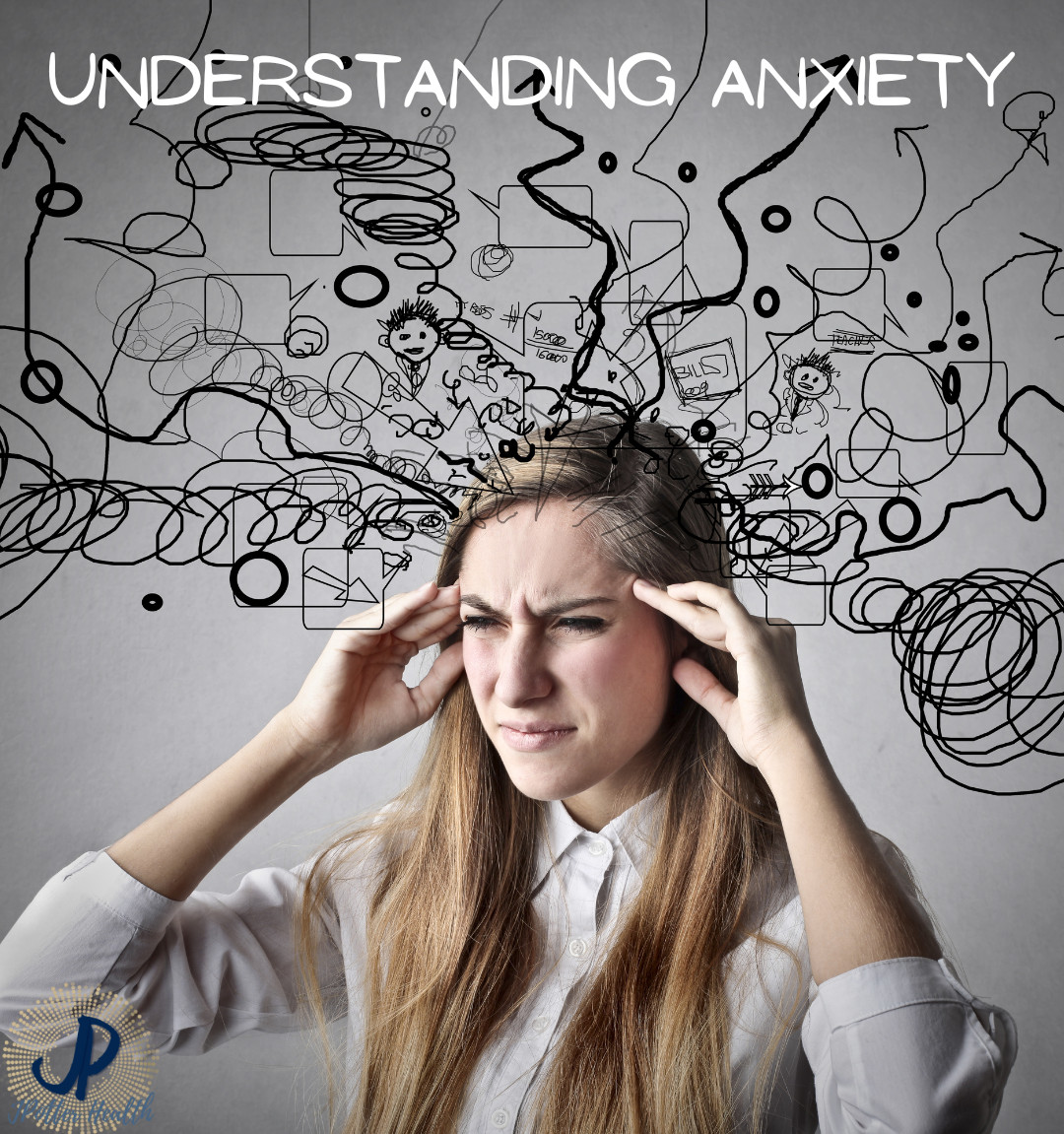
Introduction:
In today's fast-paced world, feelings of anxiety have become increasingly prevalent. It's important to understand that anxiety is not simply stress on steroids; rather, it is a distinct mental health condition that can significantly impact a person's wellbeing. In this blog post, we will delve into what anxiety really is, explore its differences from stress, and provide you with practical ways to alleviate its symptoms and regain control.
1. What is Anxiety?
Anxiety is a natural response triggered by the body when it perceives a potential threat. It is an overarching term used to describe a range of mental health disorders, including generalized anxiety disorder (GAD), social anxiety disorder (SAD), panic disorder, and more. People with anxiety often experience persistent feelings of fear, excessive worry, and heightened states of arousal.
2. Understanding the Differences from Stress:
While anxiety and stress share certain similarities, they are distinct experiences with different underlying causes. Stress typically arises as a response to external pressure or demands, while anxiety often emerges from internal concerns and feelings of uncertainty. Stress tends to have a shorter duration, whereas anxiety can persist for prolonged periods, even in the absence of apparent stressors.
3. Effective Coping Strategies:
a) Breathing exercises and relaxation techniques: Deep breathing exercises, progressive muscle relaxation, and mindfulness practices can effectively calm the body and mind during anxious episodes. These techniques help shift the focus away from worries and promote a sense of calm and control.
b) Regular exercise and healthy lifestyle habits: Engaging in physical activity not only improves physical health but also boosts mood and reduces anxiety. Incorporating regular exercise, a balanced diet, sufficient sleep, and minimizing caffeine and alcohol intake can all contribute to managing anxiety.
c) Adopt stress management techniques: Effectively managing stress can significantly alleviate anxiety symptoms. Prioritize self-care, set boundaries, practice time management, and engage in activities that bring joy and relaxation.
d) Utilize relaxation resources: Numerous relaxation tools are available that can help individuals relax and refocus, such as meditation apps, guided imagery recordings, and soothing music playlists. These resources provide accessible and convenient options for managing anxiety.
Conclusion:
Anxiety, distinct from stress, is a mental health condition that affects millions of individuals worldwide. By understanding its nature and employing effective coping strategies, it is possible to navigate the challenges it presents. Remember, everyone's experience with anxiety is unique, so it's crucial to find what works best for you. With the right support and techniques, managing anxiety becomes an empowering journey towards improved mental wellbeing.

